![]()
![]()
![]()
![]()
![]()
![]()
![]()
![]()
![]()
![]()
![]()
![]()
![]()
![]()
![]()
![]()
![]()
![]()
![]()
![]()
![]()
![]()
![]()
![]()
![]()
![]()
![]()
![]()
![]()
![]()
![]()
![]()
![]()
Inversive Enclosure





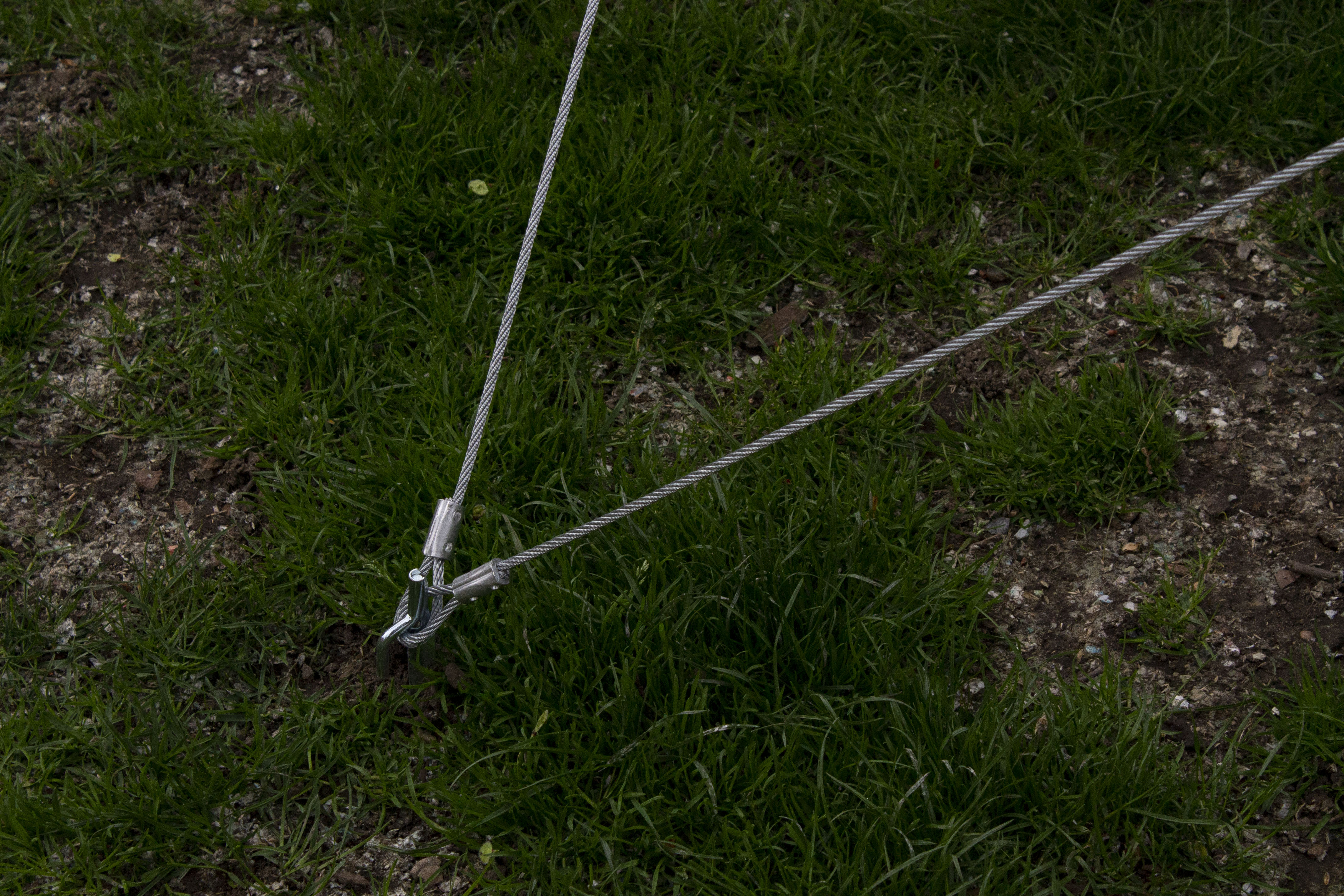
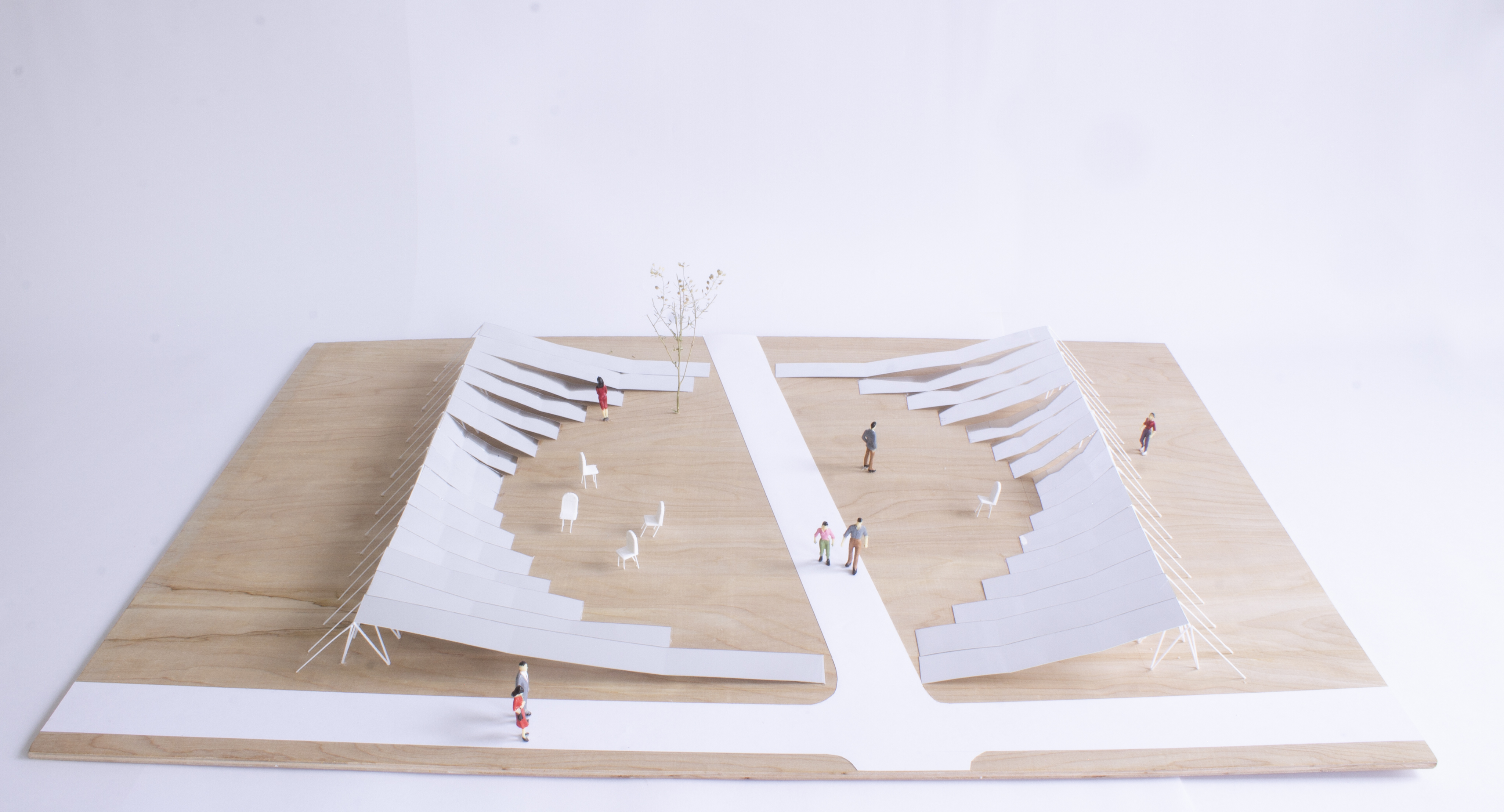
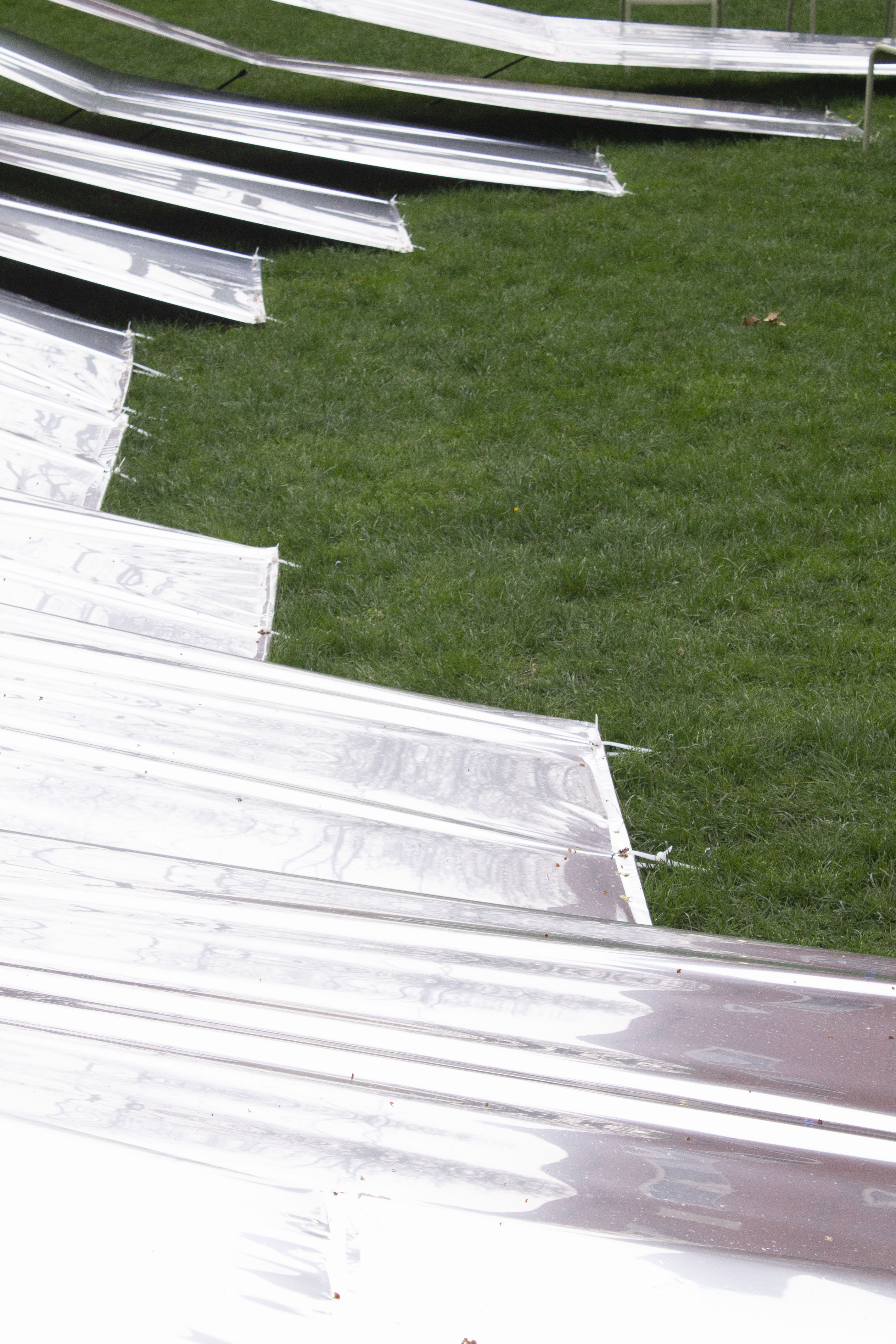



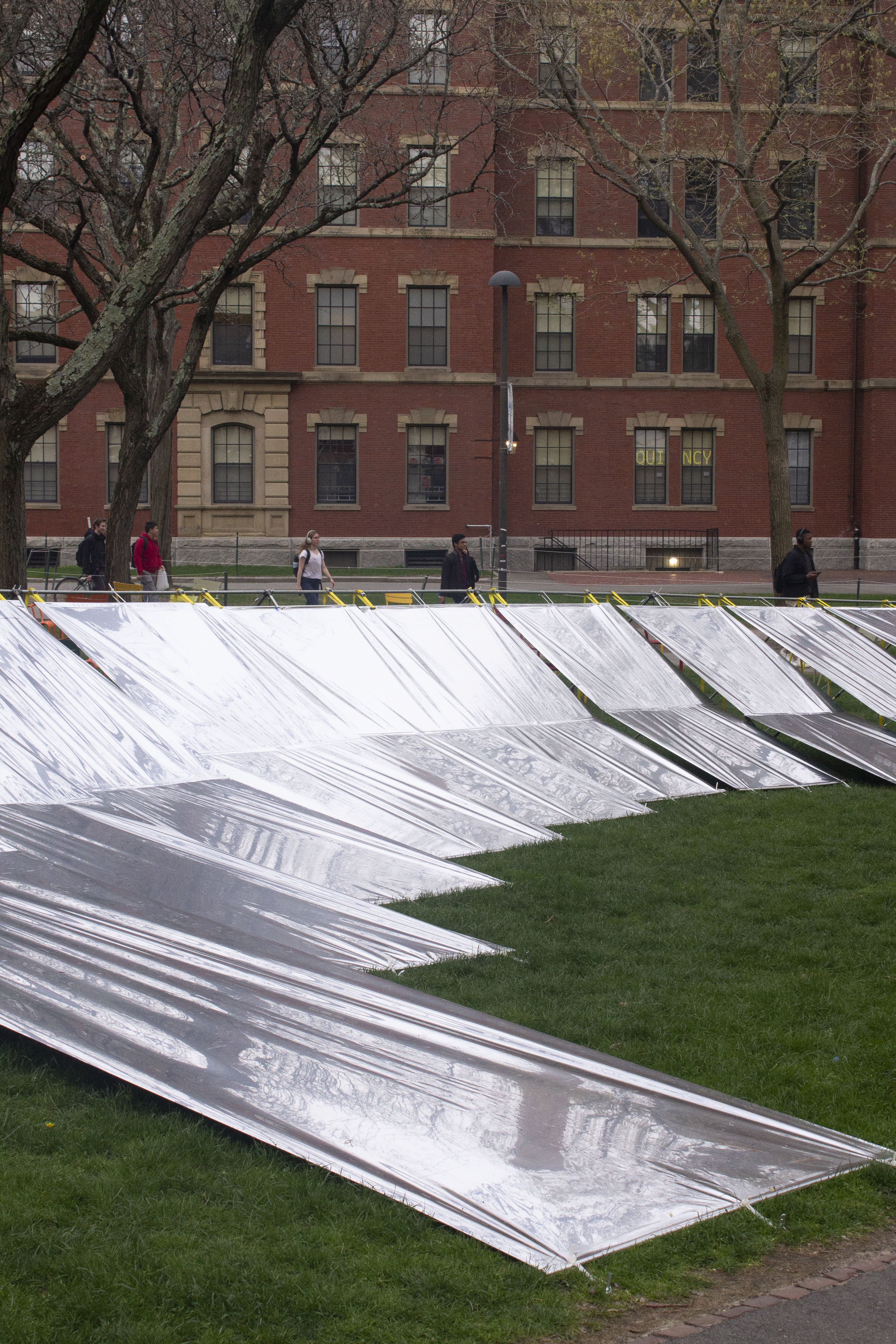
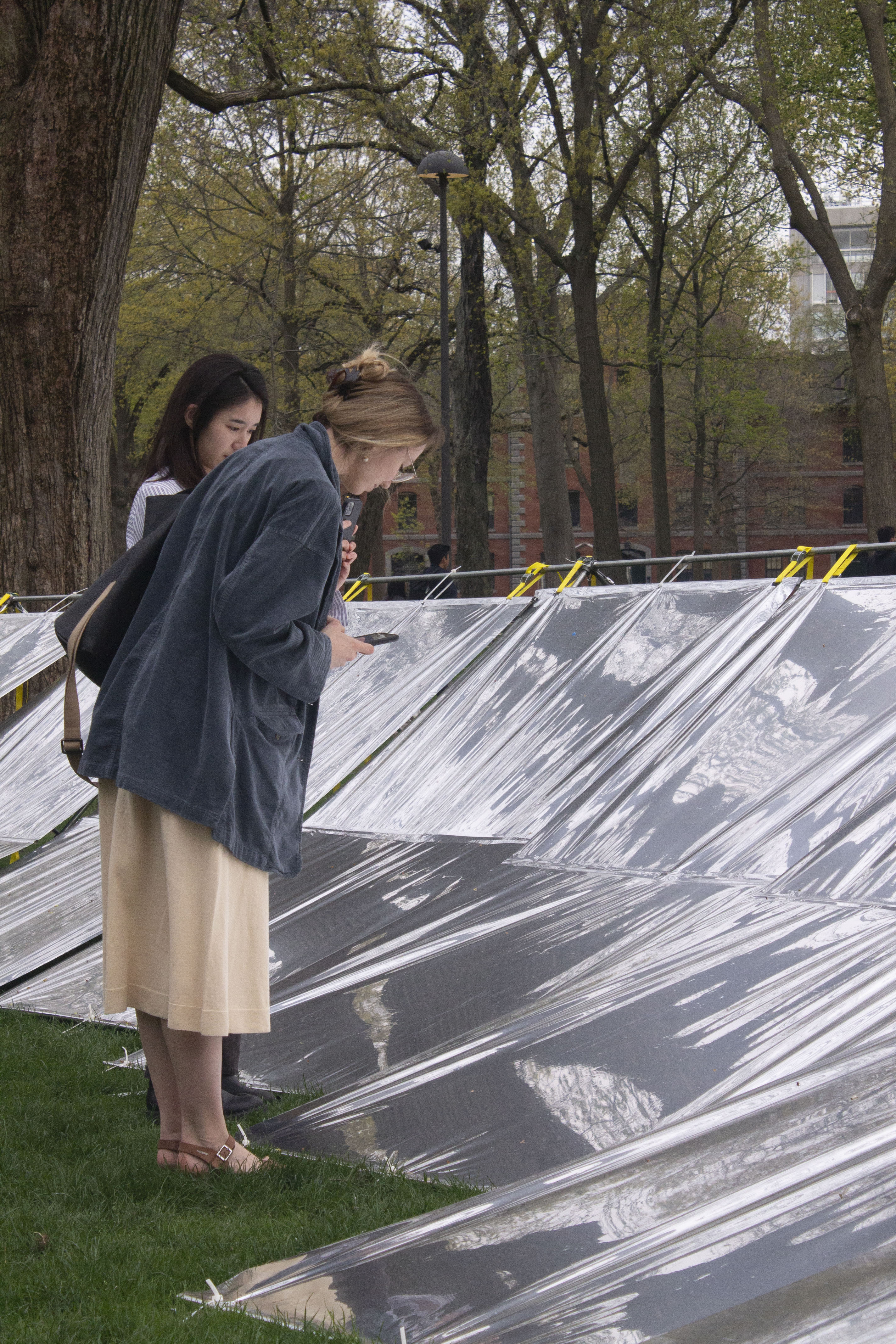

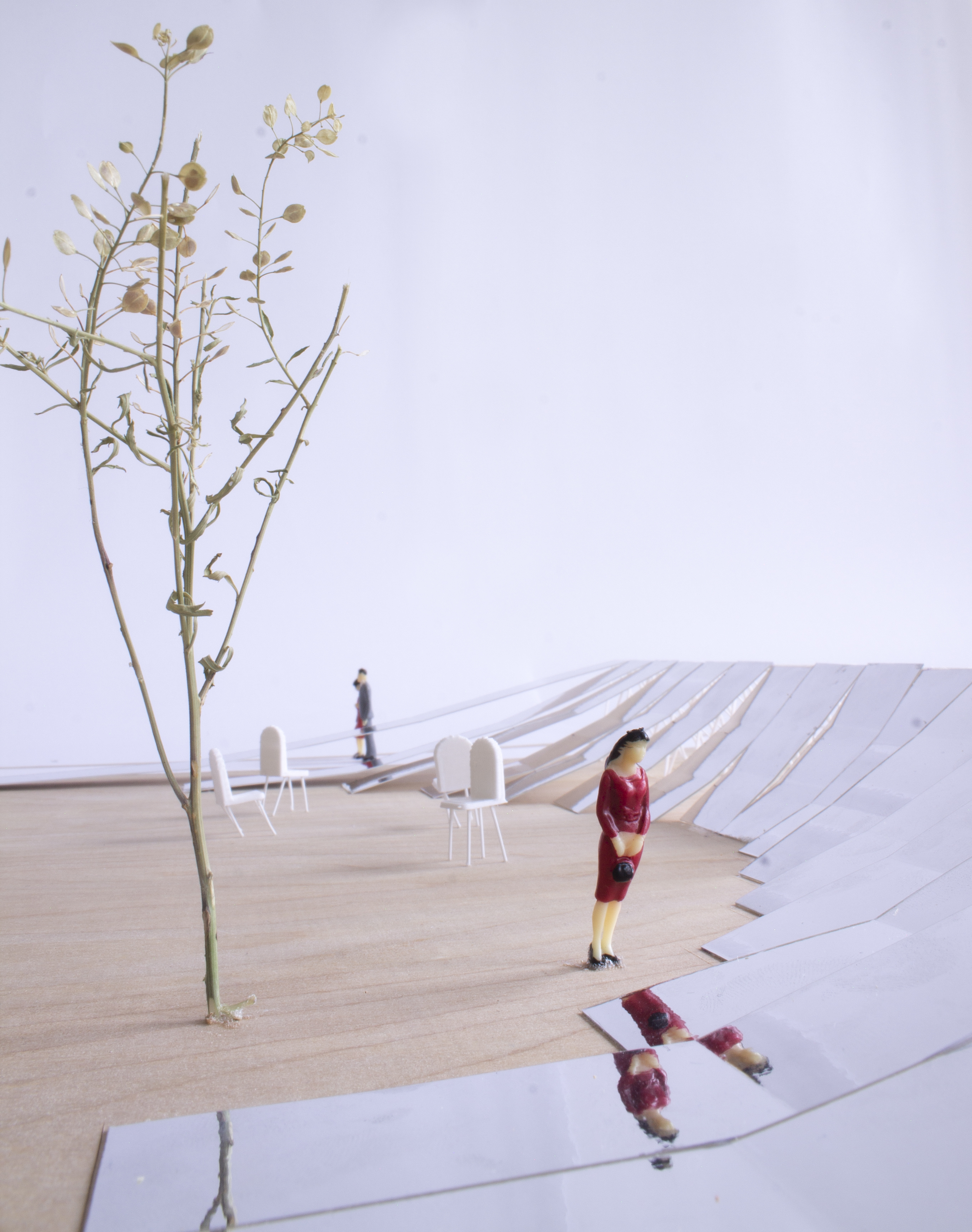
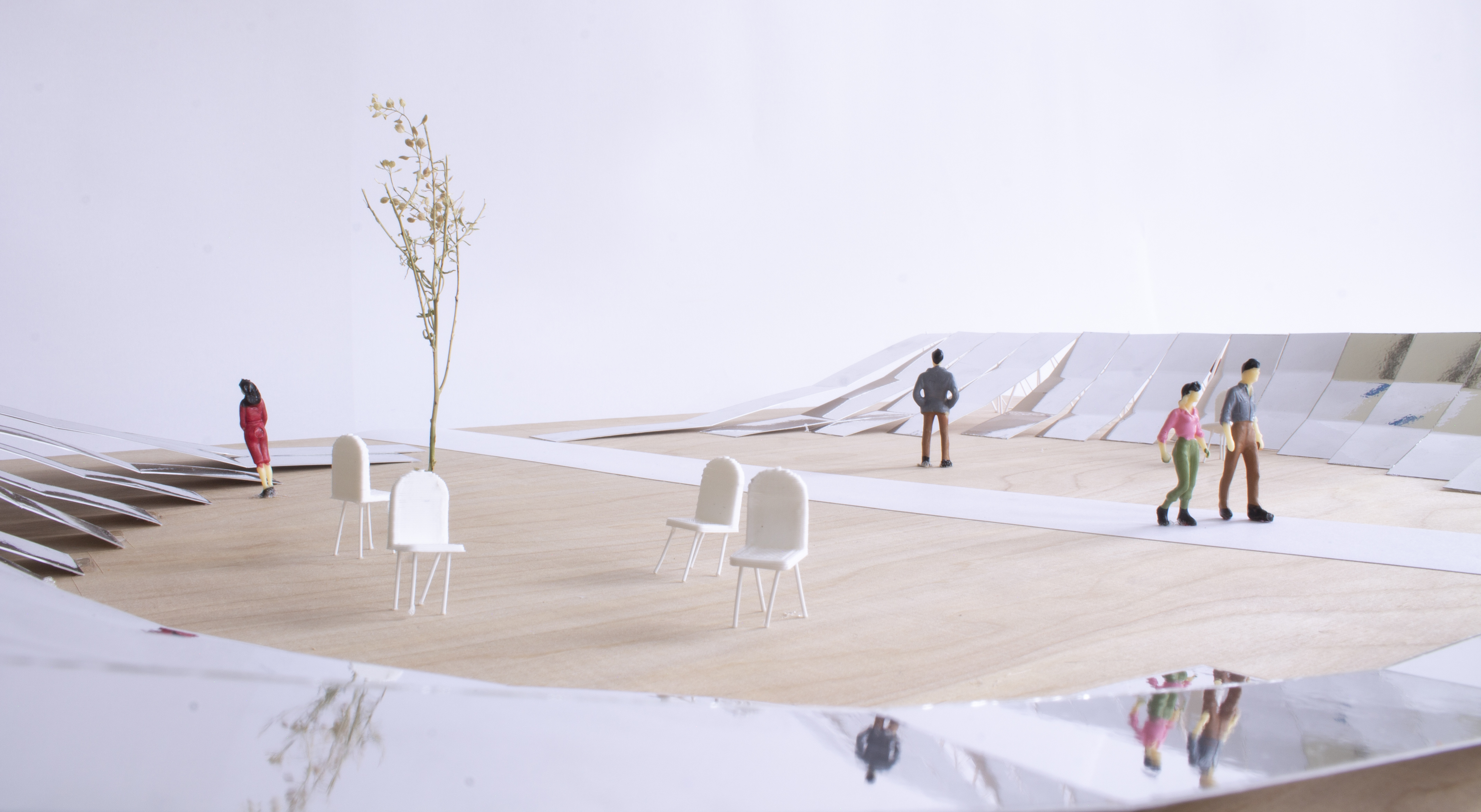
Inversive Enclosure
Design by: Alsar Atelier + Oscar Zamora
Photography by: Dhruv Mehta + Rolando Girodengo
Construction Year: 2022
Location: Bogotá, Colombia
Area: 53m2
Inversive Enclosure is one of the four installations designed in 2023 for the Art Firsts Festival at Harvard University. Supported by the Office for the Arts, this installation is situated in Harvard Yard, which is not only the oldest section but also t
he symbolic heart of the campus. Drawing inspiration from the mathematical concept of three-dimensional inverse geometry, the project aims to capture the essence of its immediate surroundings through reflection and inversion onto surfaces.
Spanning an area of 350 square meters, Inversive Enclosure comprises a rectangular space with a circular clearing at its center, forming the final enclosure. The boundaries of the space are defined by a series of mylar bands that are affixed to the ground and the main structure of th
e installation. These mylar bands create a pixelated circle, punctuated on two opposite sides to allow access and circulation for visitors.
To accentuate its enclosed nature, the mylar skirts slope upwards, reaching eye level at the perimeter and generating a convex space that momentarily sunders visitors from the typical perception of Harvard Yard. Despite being overshadowed by the abundance of brick and vast expanses of greenery, Harvard Yard holds a homogeneous visual identity and social significance for Harvard University. Often overlooked by passers-by, the primary objective of this project is to provide visitors with an introspective experience that enables them to rediscover and reconnect with their environment.
The Yard consists of unassuming buildings with diverse character yet similar in size and massing, arranged around courtyards and quadrangles. These structures, together with the canopy of numerous mature trees, create a sense of enclosure. In this sense, Inversive Enclosure becomes an enclosure within an enclosure—an installation that both monumentalizes and distorts the natural and built elements of the space, thereby engaging with the Yard's history.
The installation's materiality, tactility, and the environmental conditions lead to an obfuscation of the existing elements, which are reflected onto its surfaces. By challenging our perceptions and understanding of place and our relationship to it, this installation prompts contemplation and invites visitors to question their position within the environment.
